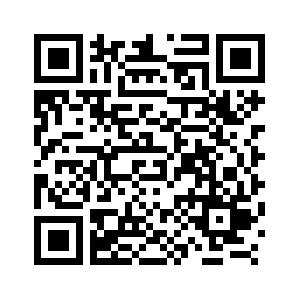JIUQUAN, Oct. 25 (Xinhua) -- The Shenzhou-17 astronauts will perform various in-orbit space science and application payload tests and experiments, a senior official from the China Manned Space Agency (CMSA) announced at a press conference on Wednesday.
They will carry out extravehicular activities (EVAs), install extravehicular payloads and conduct space station maintenance and other tasks, said Lin Xiqiang, deputy director of the CMSA.
The Shenzhou-17 crewed spaceship is scheduled to be launched at 11:14 a.m. Thursday (Beijing Time) from the Jiuquan Satellite Launch Center in northwest China.
The Shenzhou-17 astronauts will do extravehicular experimental maintenance for the first time, which is a very challenging task, Lin added.
With space debris increasing, their impact on long-term operating spacecraft is inevitable, Lin said. "Through preliminary inspections, we have found that the solar wings of the space station had been hit by tiny space particles several times, causing minor damages."
"Of course, we already took this into consideration in the design stage. At present, all functionality and performance indicators of the space station meet requirements," he added.
Lin said extravehicular experimental maintenance is geared towards the long-term operation of the space station and the verification of its technical capabilities.
The astronauts will also continue to assess the functioning and performance of the space station and test the coordination and compatibility of ground support centers in performing space station operation and management tasks, to further enhance the operating efficiency and fault correction capability of the space station, he said.
Lin confirmed that the space station is currently well supplied, even though only one Tianzhou cargo mission was launched this year.
"The supplies can support not only the astronauts' planned stay, maintenance and upgrading of the platform and large-scale in-orbit experimental tasks, but are also sufficient for an extra three-month astronaut stay in case of an emergency," Lin said.
The cargo cabin of the Tianzhou-6 cargo craft, launched in May this year, was improved with its loading space and loading weight up by 24.3 percent and 21.8 percent, respectively, compared with its predecessors, he added.
A supplies information system connecting the ground and the space station has been established, which can realize accurate replenishment.
"We have developed the model based on the designed lifespan and use of the supplies. With the accumulation of in-orbit data during the space station construction, the model has become more and more accurate, which helps estimate subsequent needs precisely and replenish exactly what is needed," Lin said.
"Our strategy has always been to save enough for a rainy day," he added.
According to Lin, the Tianzhou-7 cargo craft that will be launched will carry supplies sufficient for the crews of the Shenzhou-17 and Shenzhou-18 missions to perform their in-orbit tasks.
The Shenzhou-17 crew consisting of Tang Hongbo, Tang Shengjie and Jiang Xinlin, will take over from the in-orbit Shenzhou-16 crew, and will spend about six months on the space station, Lin said.
According to the official, the Shenzhou-16 mission has progressed smoothly. Its crew has carried out a total of 70 space experiments in areas such as aerospace medicine, life ecology, biotechnology, materials science, fluid physics and others, as well as eight research efforts on human-factors engineering.
The Shenzhou-16 crew also once performed an EVA, delivered a lecture from the space station, and assisted with the separation of the Tianzhou-5 cargo craft from the space station combination during their stay in orbit, he added. ■



